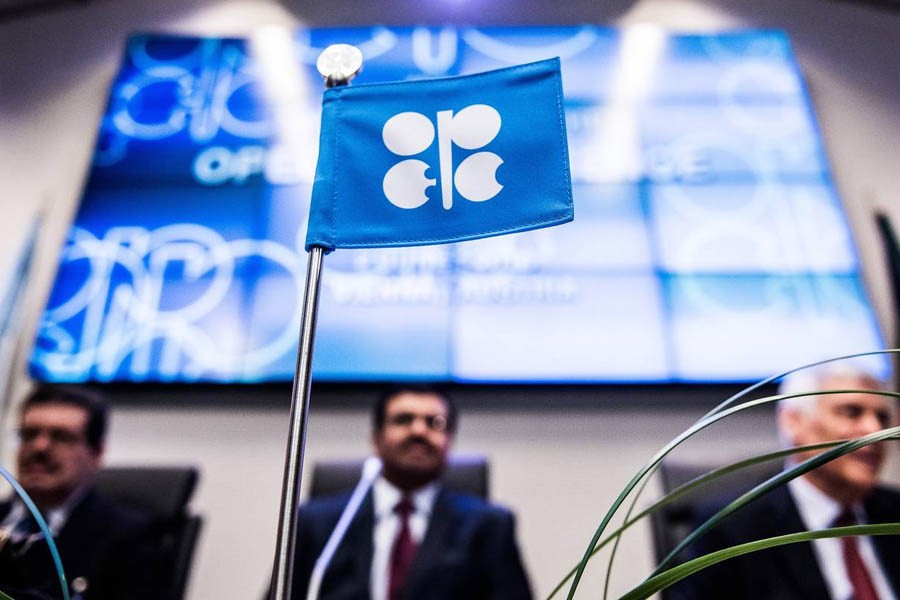Oil price observers all around the world are keeping their eyes on the OPEC meeting, which is scheduled to be held in Vienna, Austria on Thursday.
Oil prices in the international markets dipped slightly in early trading on Tuesday over a slight uptick in uncertainty regarding the OPEC meeting.
Meanwhile, TransCanada is set to return its Keystone pipeline to operating stage, which dragged down WTI. This bearish development adds to the underlying unease surrounding the outcome of Thursday’s OPEC meeting.
An OPEC working panel concluded that the oil market would balance after June 2018, according to Reuters. “
The best scenario would suggest the third quarter for the rebalancing of the market,” an OPEC source told Reuters. The conclusion bolsters the case for extending the current agreement, which expires in March.
While Russia is concerned about sparking a revival of U.S. shale if the production cuts are extended, some of the top oil traders caution OPEC and Russia not to back down now.
The top oil traders insist that the current plan works. “What they need to do is quite simple — they need to stick to what they’re doing,” Marco Dunand, CEO of Mercuria, told the Financial Times. “If they keep their discipline we should see inventories fall to a level that is adequate to support prices above $60 a barrel.
If prices rise too high they can always revisit it, but the start of next year doesn’t look overly bullish.” Vitol, another major oil trader, warned that lower prices would be in store if the cuts are not extended.
“Balances already look weaker than 2017 even with flat OPEC production,” Vitol’s global head of research, Giovanni Serio, said to the FT. “The question going forward is that do they want the oil to stay above $60?”
On the other hand, in a research note, Goldman Sachs said that Russia’s hesitation over extending the OPEC cuts has injected a degree of uncertainty into the talks.
And because prices are already relatively high, hedge funds have taken out bullish bets, and timespreads indicate bullishness in the market, the downside risk is quite high, Goldman argued.
“With the rhetoric not matching the logic for the first time in years, we believe that the outcome of this meeting is much more uncertain than usual,” Goldman analyst Damien Courvalin wrote.
“We believe that oil prices have overshot fundamentals and that price risks are skewed to the downside into Thursday’s meeting.”
Ahead of the OPEC meeting, hedge funds and other money managers slightly cut back on their bullish bets on oil futures, growing cagy of their overextending position.
Recognizing that much of the impact of the OPEC cuts are already priced into the market, speculators pulled back a bit over fears of an unexpected surprise. “There has been a considerable run-up in prices already,” Tamar Essner, an energy analyst at Nasdaq Inc., told Bloomberg.
“Even if OPEC does exactly what they say they’re going to do, the market wants more shock and awe.” Brent net long positions fell back by 2.1 percent for the week ending on November 21.


